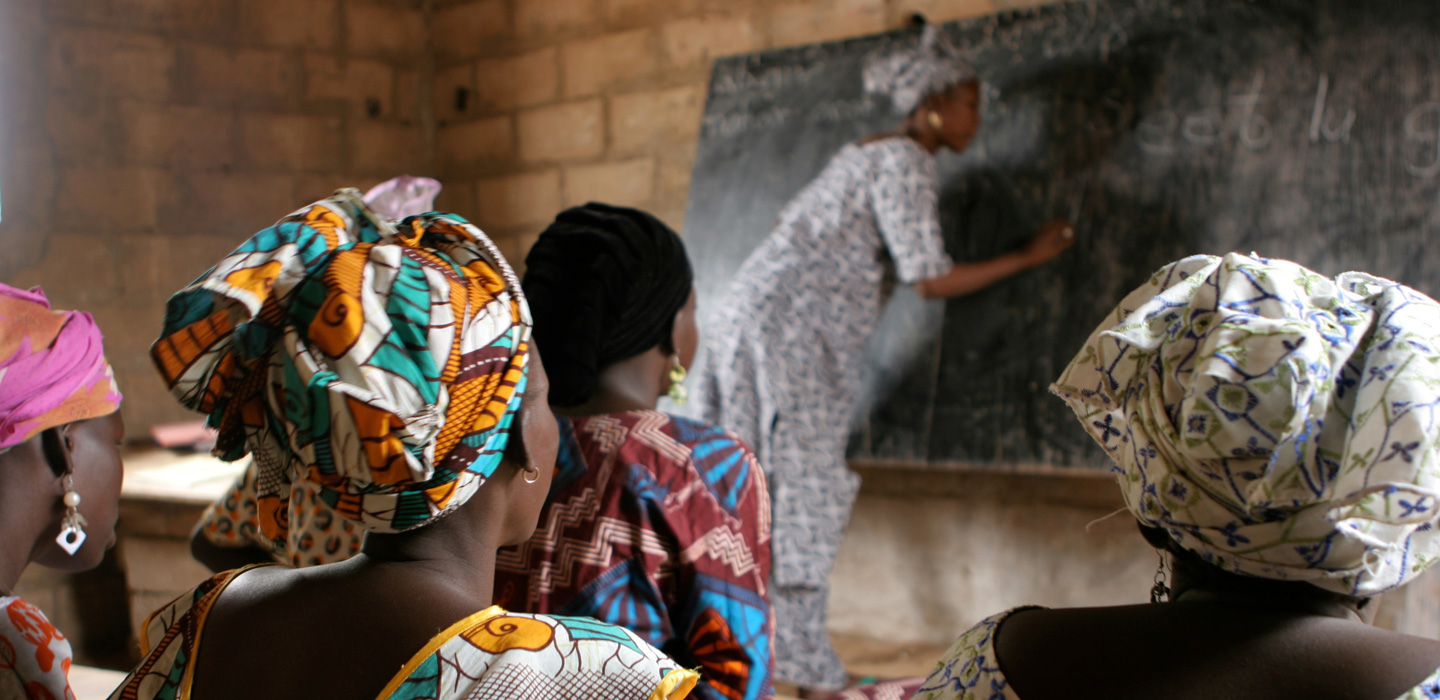Knowledge
المعرفة

المعرفة
Search Results Filters
نتائج البحث
Change Africa from within
IFAD's livestock position paper
Learning by working together - Microprojects financed through the Indigenous Peoples Assistance Facility (IPAF)
Alternatives to land acquisitions: Agricultural investment and collaborative business models
IFAD Decision Tools for Rural Finance
The potential for scale and sustainability in weather index insurance for agriculture and rural livelihoods
The difference we make, 2010
less than US$1.25 a day. About 1 billion of these men, women and
children live in the rural areas of developing countries.
Nearly 2 billion rural people live on less than US$2 a day. Most are
smallholder farmers and their families, who depend on agriculture for
their livelihoods.
Today, they must cope with rapid and unprecedented changes. Climate
change, a growing world population, and volatile food and energy
prices are pushing more people into extreme poverty and hunger.
For the first time in human history, the number of hungry people has
passed 1 billion. On top of this, tens of millions more people are
expected to go hungry by 2020 as a result of climate change.
Gender and livestock: tools for design
This Thematic Paper is part of a Toolkit for Project Design (Livestock Thematic Papers: Tools for Project Design) which reflects IFAD’s commitment to developing a sustainable livestock sector in which poor farmers and herders might have higher incomes, and better access to assets, services, technologies and markets.
The paper indents to be a practical tool for development practitioners, project designers and policymakers to define appropriate livestock development interventions. It also provides recommendations on critical issues for rural development and also possible responses and actions to encourage the socio-economic empowerment of poor livestock keepers.
Promoting women's leadership in farmers' and rural producers' organizations
This paper presents the outcomes of the Special Session of the 2010 Farmers’ Forum, Promoting Women’s Leadership in Farmers’ Organizations and Rural Producers’ Organizations, that was convened on 12 and 13 February in conjunction with the Thirty-third Session of IFAD’s Governing Council. The session was co-organized by IFAD and the non-governmental organization Women Organizing for Change in Agriculture and Natural Resources (WOCAN).
In plenary session and working groups, over 60 participants – including 35 women farmer representatives, members of the Farmers’ Forum Steering Committee, observers from NGOs and FAO, and many IFAD staff – had a rich discussion that generated important recommendations.
IFAD will follow up on those recommendations not only as a matter of equity, given women’s enormous contribution to agriculture, but also because a stronger women’s voice and leadership in agriculture are essential to making smallholder agriculture more productive and sustainable.